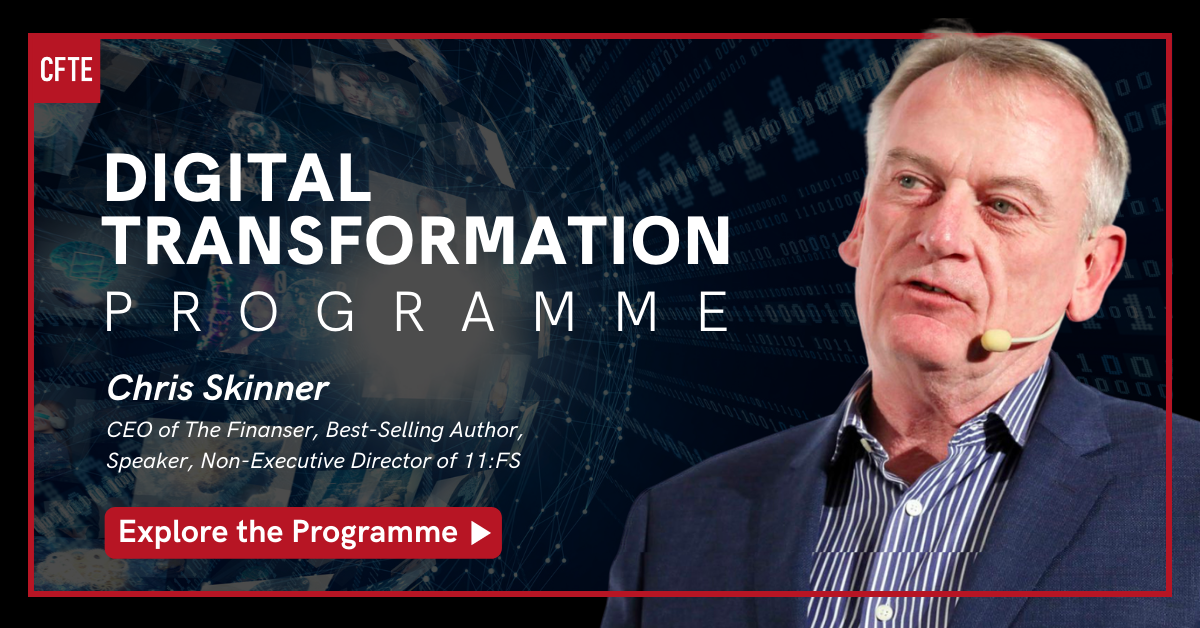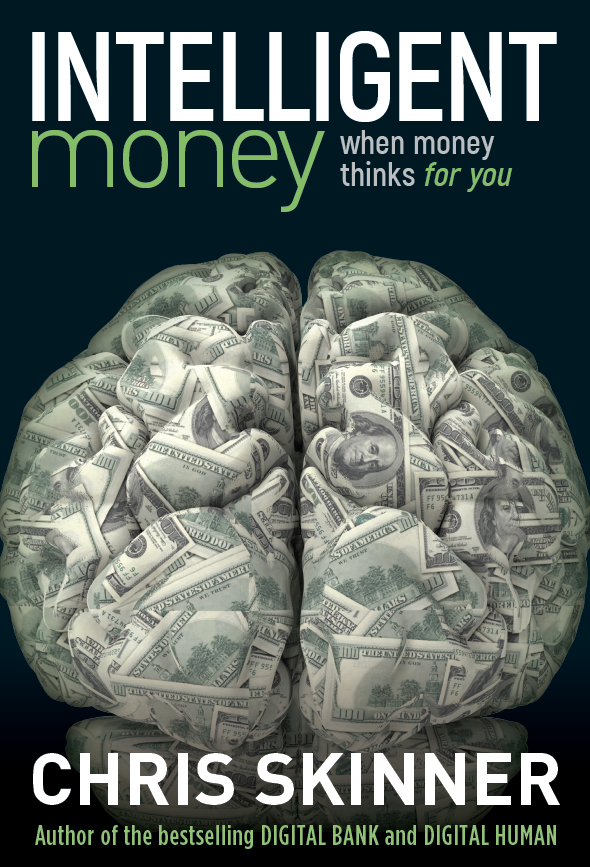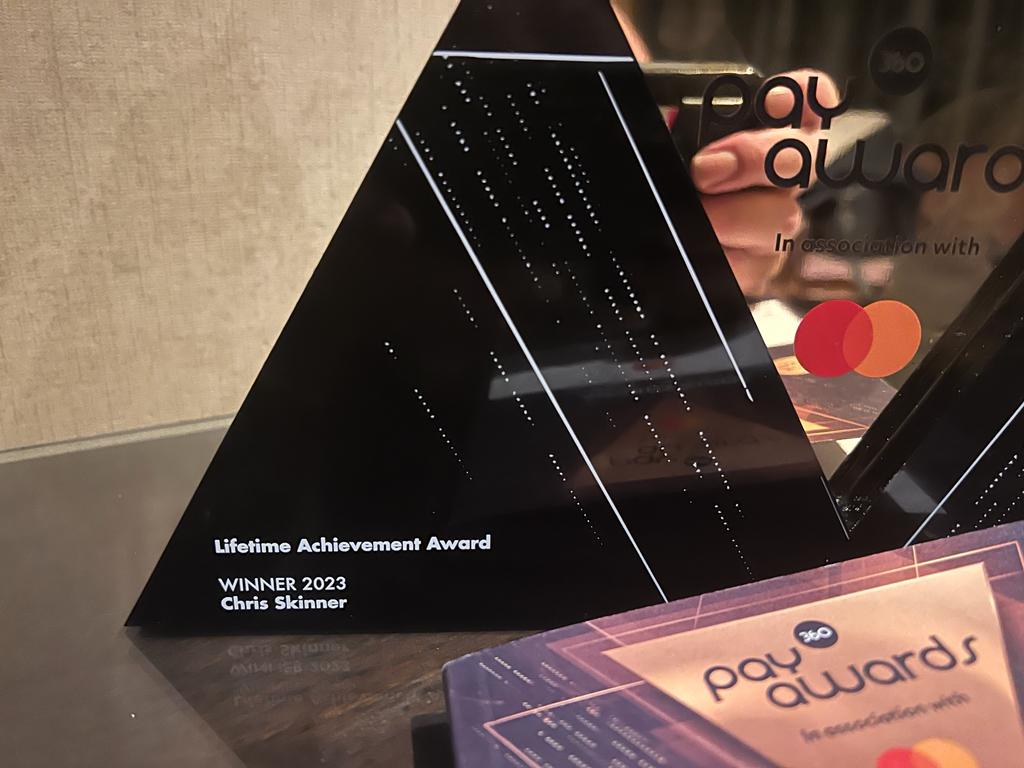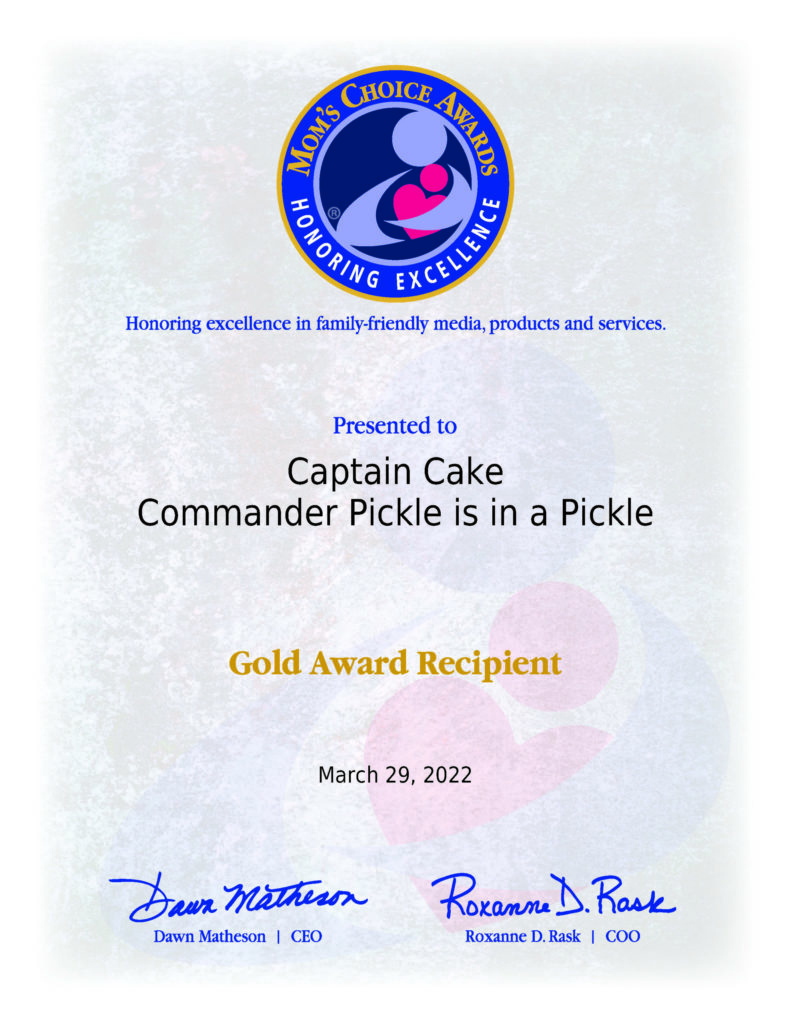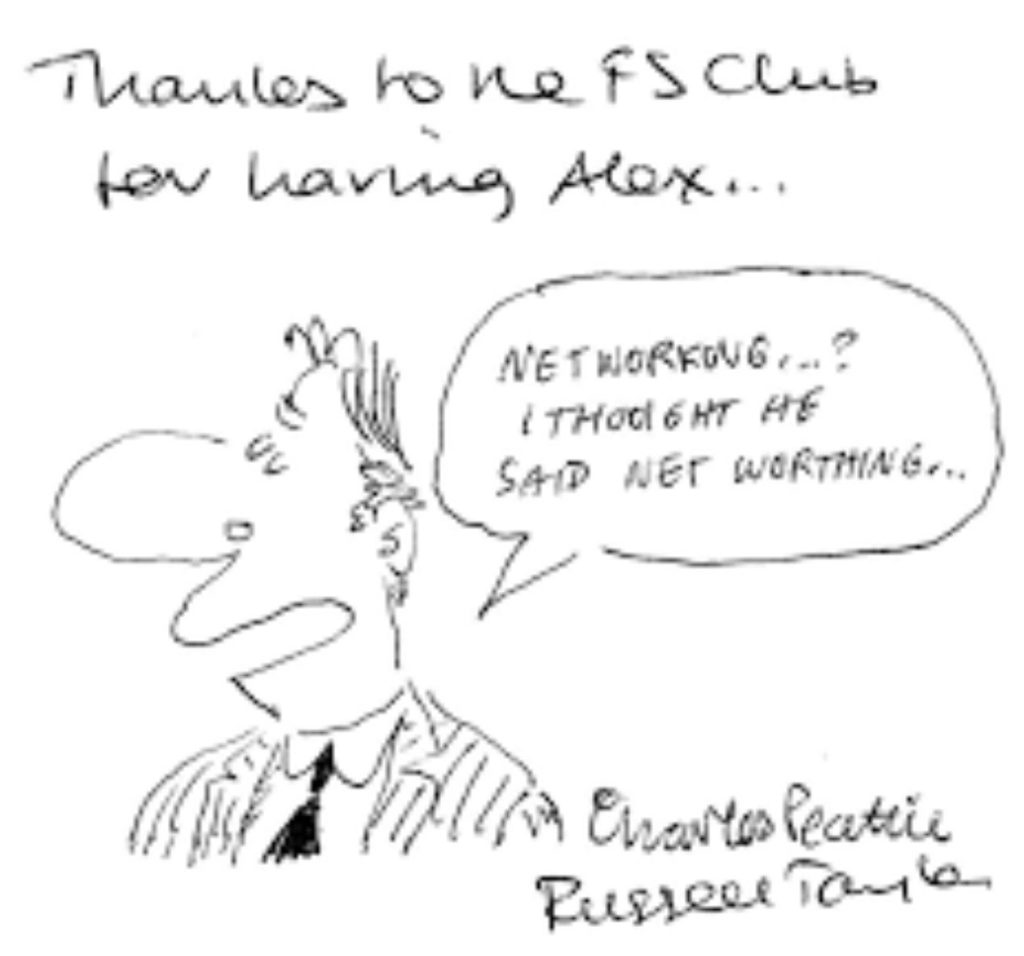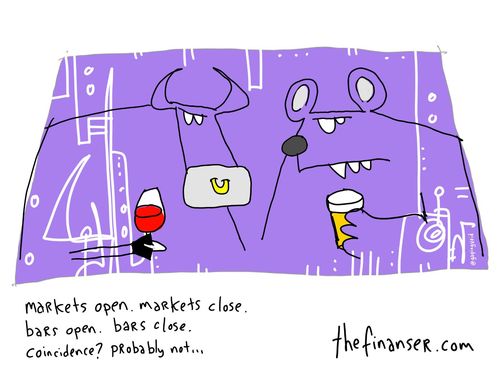
I was in an interesting debate yesterday about the future of
banking, as usual, and the future of branches, yet again.
It was all interesting stuff.
Then one of the presenters – a design agency that created
and designed the Apple stores – talked about designing branches for people, not
money.
He illustrated this with the concept of the Apple store,
which included the Genius Bar, a kid’s area and other perfunctory pieces that
critics thought were a waste of time.
For example, when the store designs were announced,
Bloomberg reported:
Jobs thinks he can do
a better job than experienced retailers. Problem is, the numbers don't add up. I
give them two years before they're turning out the lights on a very painful and
expensive mistake.
However, after opening, it was obvious that the stores were engaging
the Apple Community in an even more immersive, engaging and brand building experience
and, eight years later, Apple’s New York store became the highest grossing retailer
on fifth avenue.
In other words, retailing has moved on from selling products
or providing services in stores, to using the stores as a method of building a
sense of community around your brand.
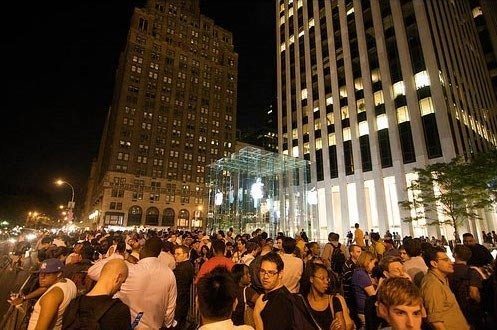
A sense of belonging.
A sense of ownership.
A sense of loyalty.
These are all things that banks aspire for, and some think
they have, but it is far beyond the traditional retail experience.
For example, another presenter was from one of the mobile
carriers, O2, and talked about how their stores had moved from being about
selling handsets on the network to increasing service usage on the network to
being part of the community through the network.
O2 has just opened a new store in Leeds called Love Leeds.
All the people in store are from Leeds, know Leeds well and
can show Leeds people all the things they love about Leeds through apps on the
handset.
It’s about being part of an immersion in the community.
This sparked my interest as, for a long time, we’ve asked:
what are branches for?
Branches are banks’ retail stores but were designed for
money.
They were designed to handle physical forms of cash and cheques,
as secure transaction centres.
This is the core challenge of why everyone thinks branches
will disappear.
Because they are not retail stores engaging the brand
community but transaction centres run like some administration process.
So let’s start to imagine how the branch experience becomes
a retail experience fit for 2013 and beyond.
This is when my antennae woke up.
I’ve known for a long time that branches were changing, as I
saw banks like Washington Mutual (Occasio) and Umpqua in the USA removing
teller counters - that traditional barrier between customer and agent - and starting to open the dialogue over a face-to-face conversation.

This new engagement is allowed because the cash disappears, as does the security issue, and far more of the branch front-office focus is allowed to focus upon the customer dialogue and interaction.
It then struck me that banks like Caja Navarro and ING
Direct were instigating community engagement by having open house sessions. Caja Navarro in Spain offered evening classes in their
stores (braches) including hair styling and flower arranging, whilst ING Direct in the USA were offering sessions where anyone could just ask questions like: “how does a mortgage
work?”
Umpqua did something similar, where the bank could be booked
in the evening for cocktail parties or business meetings, rather than leaving
the branch space dead in those hours.
This is because there is no money in the branch anymore; the
money is in the data.
Then we get to thinking about the remote experience, and the
fact that most techno geeks believe no-one wants to visit a retail store,
branch, anymore because they can do everything remote.
Sure, but when we talk about designing banks for humans, not
money, we also want to design banks that engage with humans, not distances
them.
So the bank that moves to remote servicing must still find
ways to get the customer to feel a relationship, and you don’t feel or have a relationship
with your mobile or tablet computer.
You have a relationship with the apps on your mobile and
tablet, and with the people you socialise with through those apps.
You have a relationship with the friends you call, and some
of those friends might even work for your bank.
This is the secret sauce of remote banking leaders like
First Direct and USAA.
They designed their operations specifically on the basis of being
remote, but want you to feel a relationship with their brands by the amazing
service you receive.
Their remote services are designed to be as simple, easy and
convenient as possible, and when you need to talk to someone, the someone you
talk to is amazingly impressive.
They are customer focused and engaged, and deal with you as
a human and not an account number.
They work without scripts and think on their feet, and on
their handset.
That is why these financial providers consistently get
stratospheric customer service results.
So let’s now combine the two worlds: the retail store and
the remote experience.
Can we bring those together into one?
That is what Apple has successfully achieved through stores
and online services like iTunes and the App Store with its appcessories.
If you ever get confused, you can just go ask a Genius how
it works in the App Store on the main street.
So the bank designed for humans will not have retail stores
that are geared for transactions, but will have retail stores that reinforce a
sense of belonging to their brand community online.
Their brand community will be the community of people who
are fans of their apps and services on mobiles and tablets and laptops.
They may be fans who use the brand in augmented services,
like Google Glass, to see if they can afford things as they cook, commute,
shop, search, work and exercise.
These fans see their financial service embedded in their
daily lifestyle, not as something that is transacting but as something that is
advising them at their point of living.
And every now and again, they feel prompted to go and ask: how does this work or what do I do when and it gets them into
a human contact at the bank’s Genius Bar in store or on the telephone.
It’s designing banks for humans, not money or data.
That’s the secret sauce for today’s 21st Century
Bank.
More on the branch debate:
- To dump or not to dump the branch (2007)
- Branches Wanted: Dead or Alive? (2009)
- The branch-based banking model is dead, Part One (2009)
- Branch-based banking is dead, Part Two (2009)
- Bank branches are not dead (2011)
- Do banks need branches? (Financial Services Club Debate, 2012)
- Not bank branches again! (May 2013)
Chris M Skinner
Chris Skinner is best known as an independent commentator on the financial markets through his blog, TheFinanser.com, as author of the bestselling book Digital Bank, and Chair of the European networking forum the Financial Services Club. He has been voted one of the most influential people in banking by The Financial Brand (as well as one of the best blogs), a FinTech Titan (Next Bank), one of the Fintech Leaders you need to follow (City AM, Deluxe and Jax Finance), as well as one of the Top 40 most influential people in financial technology by the Wall Street Journal's Financial News. To learn more click here...





